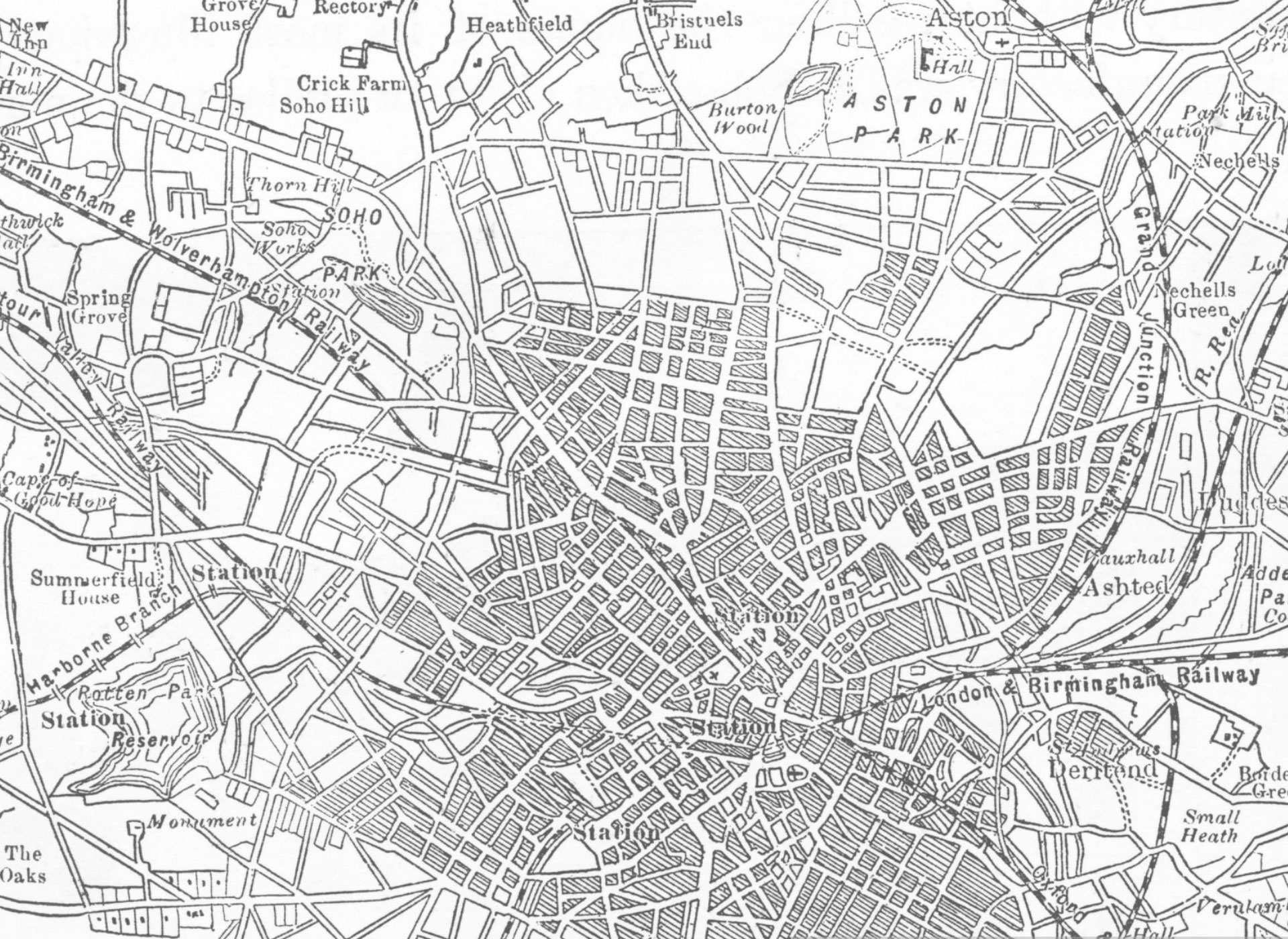Indecent Images Solicitors
Indecent Images Solicitors | Trusted Legal Representation
Each case of this nature is unique, requiring our solicitors to meticulously review every detail to build a strong defence. In cases involving possession of indecent images or pseudo photographs, we thoroughly examine all the evidence and work with digital forensic experts and other specialists to uncover crucial information for your defence.
We recognise the seriousness and sensitivity of being accused of possessing indecent images or making indecent images. The distress and potential negative perceptions associated with such allegations requires our team to manage every case with the highest level of confidentiality and care.
Our indecent images solicitors are committed to clear communication, ensuring you are informed and actively involved in your defence strategy. From the initial consultation to the final court hearing, we guide you through every step of the legal process.
Our Services Include:
- A confidential consultation to discuss your case, review the charges or allegations and provide a clear and honest assessment of your situation.
- Technology Experts. We work with specialists to challenge the prosecution’s evidence and uncover evidence that supports your case.
- A personalised legal strategy tailored to the specifics of your case.
- Court Representation. Our solicitors are experienced advocates who will vigorously defend your rights and present a compelling case in court.
Know Your Rights
If you are facing allegations of possessing indecent images or making indecent images, it is crucial you know your rights to ensure your case is handled with due process. Our solicitors will defend you and work tirelessly to mitigate the impact of these allegations on your life. Contact us for a confidential consultation and let us provide the strong defence you deserve.
For further information regarding possession of indecent images please see our Frequently Asked Questions.
Testimonials
Got a question?
How KANGS Can Help?
Our team of specialist solicitors provide the following services:
- Initial Consultation and Legal Advice: Confidential consultation to discuss the case details, provide an initial assessment and advise on legal rights and options.
- Police interviews: representation during police interviews, ensuring our client's rights are protected.
- Representation at a voluntary interview under caution
- Representation at an interview under caution following arrest
- Preparation of pre-charge representations to the CPS or Police
- Representation in Magistrates’ Court and Crown Court proceedings
- Recommendations on selecting a barrister or King's Counsel (KC), as the cross-examination of the complainant and other prosecution witnesses often plays a pivotal role in court proceedings.
Contact KANGS
The expert lawyers at KANGS are available to assist you. We can arrange initial consultations in person, by video call or telephone.
Please contact one of our experts listed below or contact us at:
What is the legal definition of possession of indecent images?
The legislation:
Section 160 of the Criminal Justice Act 1988 and Section 1 of the Protection of Children Act 1978 criminalises being in possession of and distributing indecent images of children.
Section 160 of the Criminal Justice Act 1988 states that:
- It is an offence for a person to have any indecent photograph [pseudo-photograph] of a child in his possession.
- Where a person is charged with an offence under subsection (1) above, it shall be a defence for him to prove—
(a) that he had a legitimate reason for having the photograph [or pseudo-photograph] in his possession; or
(b) that he had not himself seen the photograph [or pseudo-photograph] and did not know, nor had any cause to suspect, it to be indecent; or
(c) that the photograph [or pseudo-photograph] was sent to him without any prior request made by him or on his behalf and that he did not keep it for an unreasonable time.
Section 1 of the Protection of Children Act 1978 states that:
- It is an offence for a person to—
(a) take, or permit to be taken, or to make, an indecent photograph or pseudo-photograph of a child;
(b) distribute or show indecent photographs/pseudo-photographs;
(c) have in their possession indecent images/pseudo-images with a view that they be distributed or shown by himself or others; or
(d) publish an advertisement likely to be construed by other offenders as being one which shows that the advertiser intends to distribute the indecent images or that he intends to do so.”
The Possession of Indecent Images Offence Explained
Both offences, as outlined above, have three common elements:
- indecent
- photographs or pseudo-photographs
- a child.
Whether a photograph (or pseudo-photograph) is indecent is an issue for the Magistrates or jury to decide in accordance with recognised standards of propriety. An indecent photograph includes an indecent film, a copy of an indecent photograph or film, a negative version and electronically stored data which is capable of conversion into a photograph.
A pseudo-photograph means an image whether made by computer graphics or any other way, which appears to be a photograph.
A child is a person under the age of 18. The age of a child in an image is to be determined by the Magistrates or the jury.
Section 1 of the Protection of Children Act 1978 offence prohibits four types of conduct as follows:
- take or permit to be taken or make any such photograph – this covers the downloading of an image, the opening of an attachment, storing an image on a computer, accessing a website in which images appear by way of automatic pop up. The act must be a deliberate and intentional one, done with the knowledge that the image made is, or is likely to be, an indecent photograph of a child.
- distribute or show any such photograph – a person is guilty of this offence if it is proven that he parts with possession of the image or exposes or offers it for acquisition by another person.
- have in their possession indecent images/pseudo-images with a view that they be distributed or shown by himself or others – in order to be guilty of this part of the legislation a defendant must knowingly have custody and control of the photographs with the intention to distribute / show them to others.
- publish an advertisement likely to be construed by other offenders as being one which shows that the advertiser intends to distribute the indecent images or that he intends to do so – a defendant is guilty if they publish an advertisement intentionally and knowingly.
Section 160 of the Criminal Justice Act 1988 states an offence is committed by possession of an indecent image, even if it has been created through computer graphics or any other means if it has the appearance of a photograph.
Possession involves both a physical and mental element. The defendant must have knowingly had custody and control of the photographs in order to possess them. This is particularly important in relation to deleted images.
It is important to consider where the images are stored, the means by which they could be retrieved and whether the defendant has the ability to retrieve them.
What are the legal defences for charges of possessing indecent images?
The following defences may be available:
- the person had a legitimate reason for having the image in his possession;
- the person had not seen the photograph and did not know/suspect the image to be indecent; or
- the photograph was received by him, without prior request, and it was not kept in his possession for an unreasonable time.
- The person making the image proves that it was necessary to do so for the purposes of the prevention, detection or investigation of crime, or for the purposes of criminal proceedings.
What is the Court Procedure?
Offences under Section 1 of the Protection of Children Act 1978 are ‘either way’ offences which means they can be dealt with in either a Magistrates’ Court or a Crown Court. A person convicted of the section 1 offence faces a maximum sentence of ten years imprisonment.
The offence in Section 160 of the Criminal Justice Act 1988 is also triable ‘either way’ and carries a maximum penalty on indictment of five years imprisonment.
In 2014 the Sentencing Guidelines Council issued revised guidelines categorising the indecent images of children by level of seriousness as follows:
Category A – Images involving penetrative sexual activity, sexual activity with an animal or sadism.
Category B – Images involving non-penetrative sexual activity.
Category C – Indecent images not falling within categories A or B.
Who Can I Contact For Advice & Help?
It is imperative that you instruct an experienced solicitor as soon as you are made aware of an allegation being made. Crucially, it is always important to have a solicitor present in interview at the police station whether it is an interview by appointment or under arrest.
News & Insights
Delighted Client Acquitted of Alleged Sexual Assault
Get in touch
Send an enquiry





